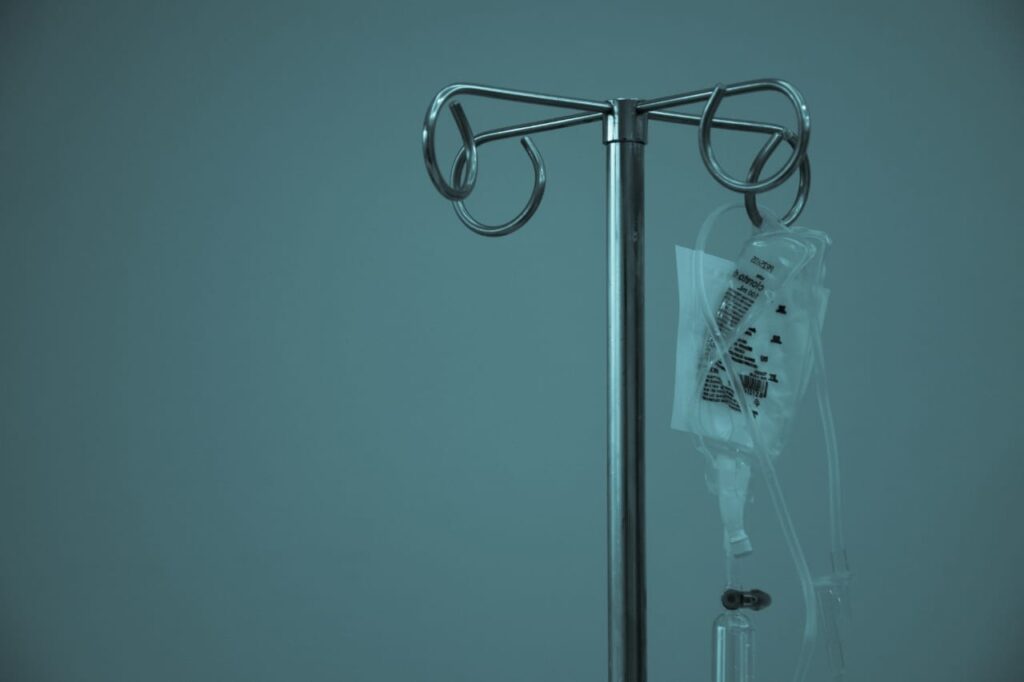Myopia, commonly known as nearsightedness, affects millions of people worldwide, causing blurry vision when looking at distant objects. Fortunately, various treatments are available to manage and correct myopia, ranging from corrective lenses to surgical procedures.
This comprehensive guide explores the question: what is myopia? Also, the different types of myopia treatments, their mechanisms of action, and their suitability for different individuals.
1. Eyeglasses
Eyeglasses are a popular and highly effective treatment for myopia, commonly known as nearsightedness. This condition occurs when the eyeball is elongated, causing light rays to focus in front of the retina instead of directly on it, resulting in blurry vision when looking at distant objects.
Eyeglasses work by correcting this refractive error, altering the way light rays enter the eye to ensure they focus correctly on the retina. The lenses in eyeglasses are specially designed to compensate for the elongated shape of the eyeball, allowing individuals with myopia to see distant objects more clearly.
One of the significant advantages of eyeglasses is their versatility and convenience. They offer clear vision for various everyday activities, such as reading, driving, or watching television, without the need for constant adjustments. Additionally, eyeglasses can be easily updated or replaced as the prescription changes over time, ensuring continued visual clarity and comfort for individuals with myopia.
2. Contact Lenses
Contact lenses provide an alternative to eyeglasses for correcting myopia. They sit directly on the surface of the eye and correct refractive errors by altering the way light rays are focused on the retina.
Contact lenses offer advantages such as improved peripheral vision, enhanced aesthetics, and freedom from the constraints of eyeglasses. They are available in different types, including soft lenses, rigid gas permeable (RGP) lenses, and hybrid lenses, each with its own benefits and considerations.
3. Orthokeratology (Ortho-K)
Orthokeratology, also known as Ortho-K or corneal reshaping therapy, is a non-surgical treatment option for myopia. It involves wearing specially designed rigid contact lenses overnight to reshape the cornea temporarily.
By flattening the central cornea, Ortho-K lenses correct refractive errors and reduce myopia. Orthokeratology offers the advantage of providing clear vision during the day without the need for glasses or contacts, making it particularly popular among individuals with active lifestyles or professions that require freedom from corrective eyewear.
4. Refractive Surgery
Refractive surgery presents a promising option for individuals seeking a more permanent solution to myopia, commonly referred to as nearsightedness. This surgical approach involves reshaping the cornea or lens of the eye to correct refractive errors and improve vision.
Among the most widely performed types of refractive surgery for myopia are LASIK (Laser-Assisted In Situ Keratomileusis), PRK (Photorefractive Keratectomy), and SMILE (Small Incision Lenticule Extraction). These procedures utilize advanced laser technology to precisely reshape the cornea, altering its curvature to allow light rays to focus properly on the retina.
LASIK involves creating a thin flap in the cornea, lifting it to expose the underlying tissue, and using a laser to reshape the cornea before repositioning the flap. PRK, on the other hand, involves removing the outer layer of the cornea entirely before reshaping it with a laser. SMILE is a newer procedure that involves creating a small incision in the cornea to extract a thin layer of tissue, thereby reshaping its curvature.
5. Phakic Intraocular Lenses (IOLs)
Phakic intraocular lenses (IOLs) are implantable lenses that are surgically inserted into the eye to correct refractive errors such as myopia. Unlike traditional intraocular lenses used in cataract surgery, phakic IOLs are placed in front of the eye’s natural lens, preserving its ability to accommodate and focus on near objects. Phakic IOLs offer a reversible and adjustable alternative to laser refractive surgery for individuals with high degrees of myopia or thin corneas.
6. Atropine Eye Drops
Atropine eye drops are a pharmacological treatment option for myopia that works by temporarily dilating the pupil and relaxing the eye’s focusing mechanism.
By reducing the eye’s accommodative response, atropine eye drops slow down the progression of myopia in children and adolescents. Low-dose atropine formulations have been shown to be effective in controlling myopia progression while minimizing side effects such as light sensitivity and near vision blur.
7. Multifocal Eyeglasses or Contact Lenses
Multifocal eyeglasses or contact lenses are designed to provide clear vision at multiple distances, including near, intermediate, and far. They contain different zones or prescriptions within the lens to accommodate the varying visual needs of individuals with myopia and presbyopia (age-related near vision loss). Multifocal lenses offer the advantage of reducing the need for multiple pairs of glasses or contacts and can be customized to address specific visual requirements and preferences.
8. Vision Therapy
Vision therapy, also known as orthoptics or vision training, is a non-invasive treatment option for myopia that involves performing eye exercises and activities to improve visual skills and coordination.
Vision therapy aims to strengthen the eye muscles, enhance binocular vision, and improve visual processing abilities. It is often recommended for individuals with accommodative or convergence insufficiency, amblyopia (lazy eye), or other vision-related conditions that may contribute to myopia progression.
Customize Your Shades: How to Choose Replacement Lenses for Your Style(Opens in a new browser tab)
Tailoring Myopia Treatment for Clear Vision and Quality of Life
A variety of treatment options are available for managing and correcting myopia, ranging from corrective lenses to surgical procedures and pharmacological interventions. The choice of treatment depends on factors such as the severity of myopia, individual preferences, lifestyle considerations, and overall eye health.
By consulting with an eye care professional, individuals with myopia can explore the different treatment options available and make informed decisions about the most appropriate approach for their needs. With the right treatment plan in place, individuals can enjoy clear vision and improved quality of life, regardless of their degree of myopia.
